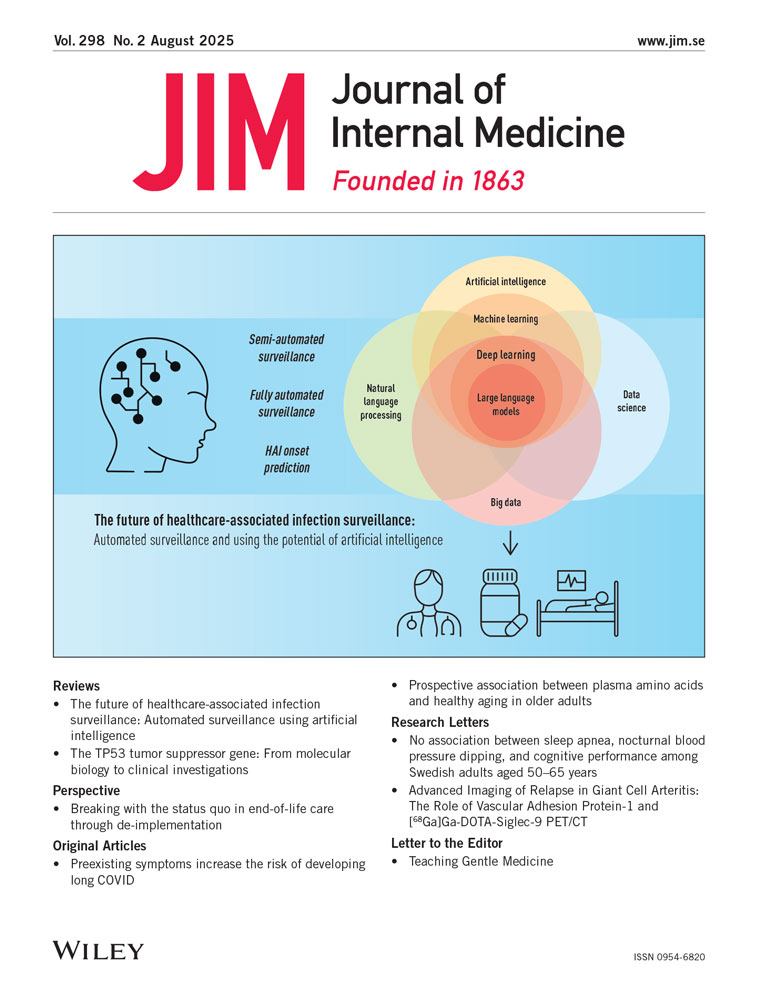Upper airway obstruction in hypothyroidism
Abstract
Abstract. Objectives. To determine the occurrence and frequency of nocturnal upper airway obstruction in hypothyroidism.
Design. A case-control study of patients with newly diagnosed hypothyreosis and euthyroid subjects who had been selected from the population register. The subjects underwent sleep recordings with a static-charge-sensitive bed (SCSB).
Setting. Turku University Hospital and Research and Development Unit, Social Insurance Institution, Turku, Finland.
Subjects. Twenty six consecutive patients underwent sleep recordings with SCSB and a pulse oximeter. One hundred and eighty-eight euthyroid subjects who were previously studied with the SCSB were used as controls.
Main outcome measures. In a multivariate analysis, hypothyroidism, gender, age, and body mass index (BMI) were considered as predictors for the occurrence of nocturnal breathing abnormalities.
Results. Nocturnal breathing abnormalities were frequent in both groups. Fifty per cent of the hypothyroid patients and 29.3% of the control subjects had at least some episodes of partial or complete upper airway obstruction (P = 0.04). Severe obstruction with episodes of repetitive apnoea was present in 7.7% of the patients and in 1.5% of the controls. The multivariate analysis revealed that the presence of hypothyroidism did not significantly (P = 0.06), and independently of age, BMI or gender, predict nocturnal breathing abnormalities, whereas obesity (P < 0.0001) and male gender (P = 0.0001) were independent and significant predictors.
Conclusions. The incidence of nocturnal upper airway obstruction is increased in hypothyroidism, but is related to obesity and male gender rather than to hypothyroidism per se.




